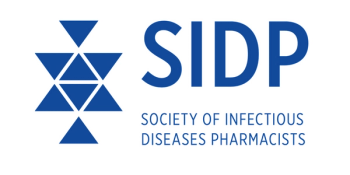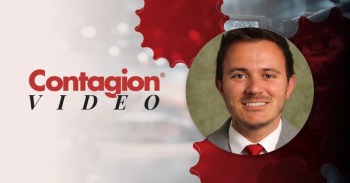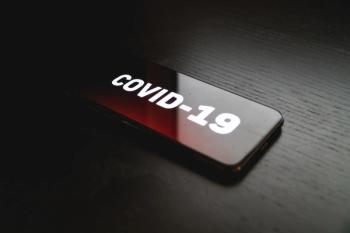
Emphasizing Inclusion of Black Women in Efforts to End the HIV Epidemic
Rasheeta Chandler, PhD, RN, emphasizes including of black women in efforts to end the HIV epidemic and discusses an app she is developing to help women access information about sexual health.
Segment Description: Rasheeta Chandler, PhD, RN, APRN-BC, FNP-BC, FAANP, FAAN, assistant professor, Department of Nursing, Emory University emphasizes including of black women in efforts to end the HIV epidemic and discusses an app she is developing to help women access information about sexual health.
Interview transcript: (modified slightly for readability)
Some of the social determinants that make black women susceptible to HIV acquisition are environmental. Sometimes they are in relationships with men that they don't know is either in multiple relationships or sometimes they do know. So partnerships or relationships could make them susceptible.
Other social determinants could be violence related to partner relationships, so kind of having that male dominance when it comes to being able to prevent HIV acquisition because they don't feel as comfortable requesting for their partner to use a condom. So those negotiation options for them are communication with partners. More broadly social determinants are, again, access to health care, working a lot around the fact that there is structural racism, so that can feed into that lack of health care access and information access. For instance, with PrEP, we know that communities of color could use PrEP much more than other communities, but yet, the information is not often provided to them in a way that is maybe clearly defined as this is something that could be used by us, particularly with black women. So those are some of the social determinants that like scream at us in the line of work that I do.
Much of my work is definitely participatory. So by participatory in nature, I mean, community participatory based research, where I engage the individuals who I want to benefit from HIV prevention efforts. So from the ground up, we go in. We talk with the community, ask them what their needs are, and we try to build interventions around that.
For instance, some of the work that I'm currently pursuing has a technological feel to it, so that we can reach more people or people who have difficulty accessing information through a clinic setting or barriers of transportation. We want to try and reduce that. So much of the work that I'm pursuing now has to do with creating a mobile app that has an emphasis on black women or women of color. All of the imagery needs to look like them; that means diversity and complexion and diversity and my content needs to include things that are specific to women of color and their susceptibility to HIV. Also, it needs to be interactive compatible with iOS compatible with Android.
I call it digitizing HIV prevention because it'll it will allow women to have something that's portable, accessible to them at all times. Another example is, where do they get HIV testing and PrEP options, it would all be housed in 1 app. Because many of the women I've talked to, it's like, “listen, we have limited data on our phone and if it's going to be in a digital format, I don't want to have to download 10 different apps, because we want to have 1 reliable source, that that could be digital.” And not only for just HIV prevention, but female reproductive health, women's health in general, so we emphasize HIV prevention, but there are a lot of health issues that we can draw women into so it’s not so stigmatizing but have that HIV emphasis kind of the overall premise of app.
So that's kind of the work that I'm doing. I’m also doing some telemedicine work with community-based organizations. And so again, eliminating some of those social determinants of health that we oftentimes identify, particularly transportation, and just access and clinics and also the stigma associated sometimes with HIV-specific clinics. I mean, a lot of times the word gets out, and they’re like, “oh, there, you know, go in there for HIV treatment.” And so you don't want to out people in that way if you can prevent that.
Newsletter
Stay ahead of emerging infectious disease threats with expert insights and breaking research. Subscribe now to get updates delivered straight to your inbox.






























































































































































































































































































